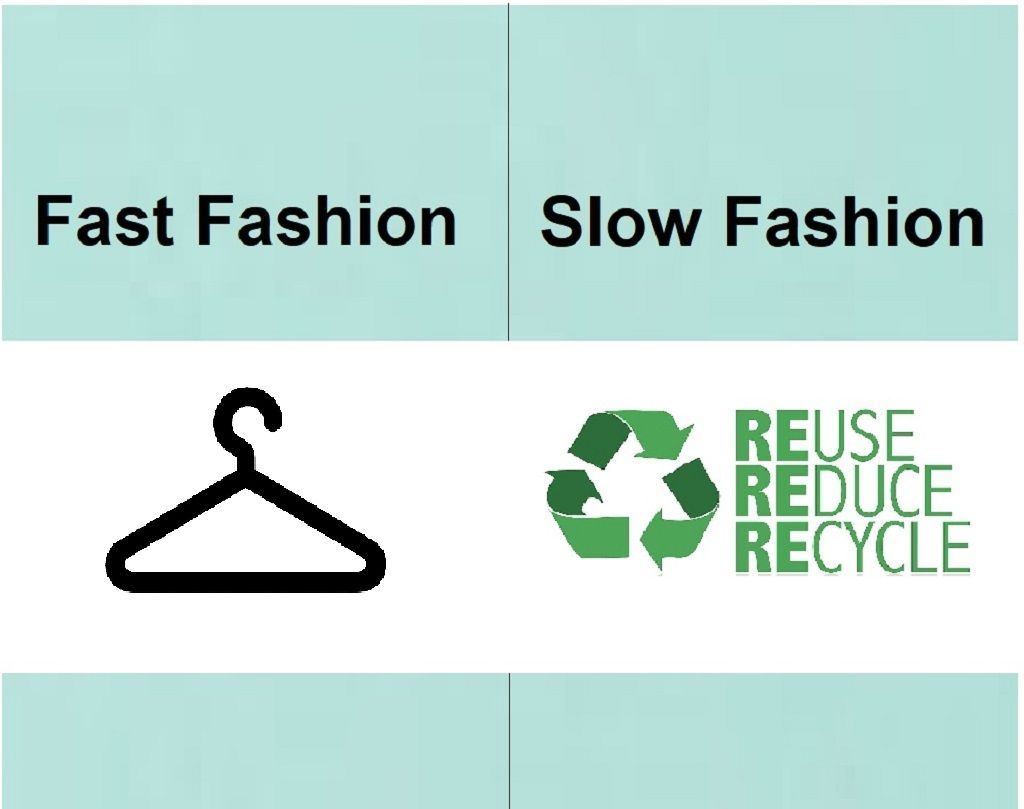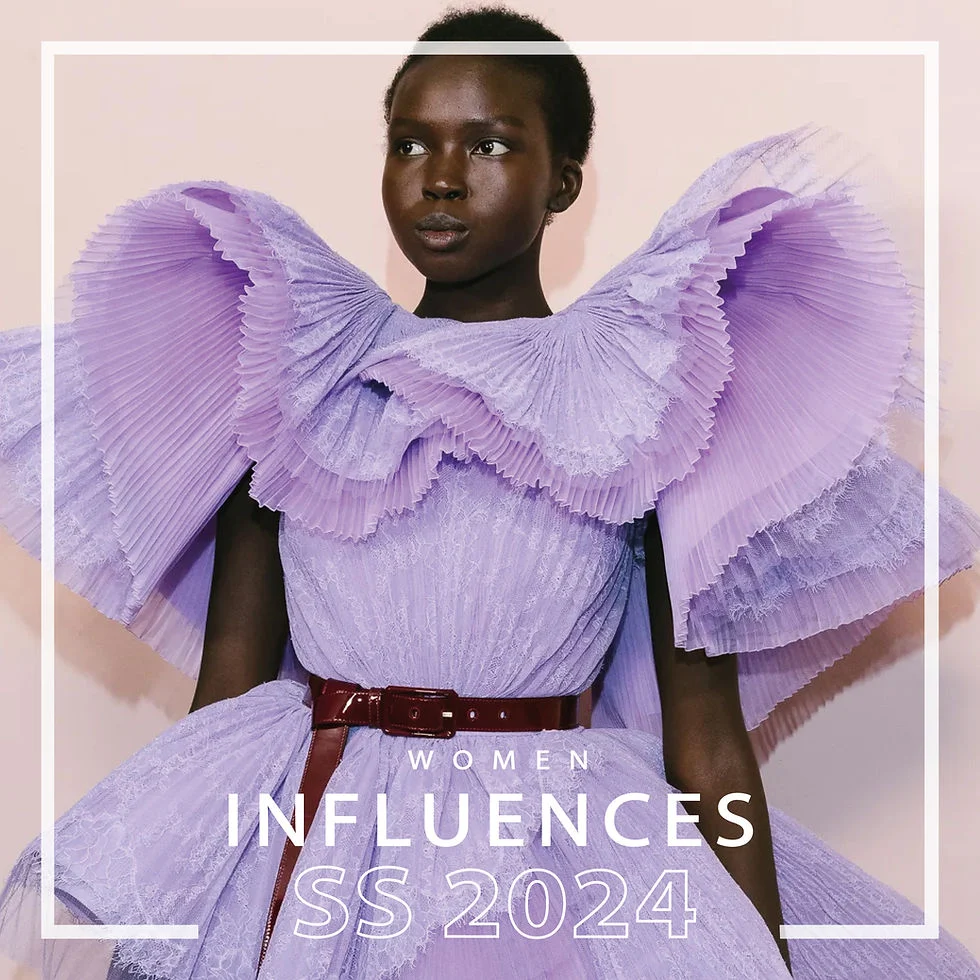In today’s rapidly changing fashion landscape, the debate between fast fashion and slow fashion has become increasingly relevant. Fast fashion refers to the quick production of inexpensive clothing, often resulting in a cycle of overconsumption and waste. In contrast, slow fashion emphasizes sustainability, quality, and ethical production practices. This guide aims to provide consumers with the knowledge they need to make informed choices about their wardrobe, highlighting the importance of understanding the impact of their fashion decisions on the environment and society.
As you delve deeper into this guide, you will discover the key differences between fast fashion and slow fashion, including their environmental and social implications. We will explore the benefits of investing in slow fashion, such as supporting local artisans, reducing waste, and promoting ethical labor practices. Additionally, you will learn practical tips on how to transition your wardrobe towards more sustainable options, making it easier to embrace a mindful approach to fashion.
By the end of this guide, you will be equipped with the tools to make better choices that align with your values and contribute to a more sustainable future. Whether you’re a fashion enthusiast or simply looking to refresh your closet, understanding the nuances of fast fashion versus slow fashion is essential. Join us on this journey towards a more conscious and responsible way of dressing, and take the first step in transforming your fashion habits today!
In today’s world, the fashion industry is often criticized for its environmental impact and ethical concerns. Understanding the differences between fast fashion and slow fashion can empower consumers to make more informed choices. This guide explores key aspects of both approaches to fashion.
Understanding Fast Fashion
Fast fashion refers to the rapid production of inexpensive clothing, designed to capture current fashion trends. Retailers like Zara and H&M exemplify this model, releasing new collections frequently to entice consumers. The primary goal is to provide trendy apparel at a low cost, which often leads to overconsumption and waste.
The fast fashion industry thrives on a cycle of quick production and disposal, encouraging consumers to buy more than they need. This model not only contributes to environmental degradation but also raises ethical concerns regarding labor practices in developing countries where many garments are produced.
The Principles of Slow Fashion
In contrast, slow fashion emphasizes quality over quantity. It advocates for sustainable practices, ethical labor, and timeless designs that transcend seasonal trends. Brands that embody slow fashion often focus on using eco-friendly materials and supporting local artisans, promoting a more responsible approach to clothing consumption.
Slow fashion encourages consumers to invest in fewer, high-quality pieces that last longer, reducing the overall environmental impact. This approach fosters a deeper connection between consumers and their clothing, as each piece is often crafted with care and intention.
Environmental Impact Comparison
The environmental consequences of fast fashion are staggering. The industry is responsible for significant water pollution, waste generation, and carbon emissions. Fast fashion brands often prioritize profit over sustainability, leading to practices that harm the planet.
On the other hand, slow fashion aims to minimize environmental harm. By using sustainable materials and ethical production methods, slow fashion brands contribute to a healthier planet. Consumers can make a positive impact by choosing slow fashion options, thereby supporting eco-friendly practices.
Ethical Labor Practices
Fast fashion is often associated with exploitative labor practices, including low wages and poor working conditions. Many fast fashion brands outsource production to countries with lax labor laws, resulting in a lack of accountability and transparency.
Conversely, slow fashion prioritizes ethical labor practices. Brands committed to slow fashion often ensure fair wages and safe working conditions for their employees. By supporting these brands, consumers can contribute to a more equitable fashion industry.
Cost Analysis: Fast vs. Slow Fashion
While fast fashion items may seem cheaper upfront, the long-term costs can be significant. Frequent purchases of low-quality clothing can lead to higher expenses over time, as these items often wear out quickly and need to be replaced.
In contrast, slow fashion items may have a higher initial price tag, but their durability and timelessness can result in cost savings in the long run. Investing in quality pieces can reduce the need for constant replacements, making slow fashion a more economical choice over time.
Consumer Mindset Shift
Adopting a slow fashion mindset requires a shift in consumer behavior. It involves valuing quality over quantity and being mindful of purchasing decisions. Consumers are encouraged to ask questions about the origin of their clothing and the practices of the brands they support.
This shift can lead to a more sustainable lifestyle, where individuals prioritize thoughtful consumption and consider the broader implications of their fashion choices. By embracing slow fashion, consumers can contribute to a more sustainable future.
Tips for Transitioning to Slow Fashion
Transitioning to slow fashion can be a gradual process. Start by evaluating your current wardrobe and identifying pieces that you truly love and wear often. Consider donating or recycling items that no longer serve you.
Next, research brands that align with slow fashion principles. Look for certifications that indicate ethical practices and sustainable materials. By making informed choices, you can gradually build a wardrobe that reflects your values and supports a more sustainable fashion industry.
The Future of Fashion: Trends Towards Sustainability
The fashion industry is slowly recognizing the need for change. Many brands are beginning to adopt sustainable practices and transparency in their supply chains. This shift is driven by consumer demand for ethical and eco-friendly options.
As awareness of the negative impacts of fast fashion grows, the future of fashion may lean more towards sustainability. By supporting slow fashion and advocating for change, consumers can play a crucial role in shaping a more responsible fashion industry.
| Aspect | Fast Fashion | Slow Fashion |
|---|---|---|
| Definition | Fast fashion refers to the rapid production of inexpensive clothing to meet the latest trends. | Slow fashion emphasizes quality, sustainability, and ethical production practices. |
| Production Speed | Clothes are produced quickly, often in a matter of weeks. | Production takes longer, focusing on craftsmanship and durability. |
| Environmental Impact | High environmental cost due to waste, pollution, and resource depletion. | Lower environmental impact through sustainable practices and materials. |
| Labor Practices | Often involves exploitative labor practices in developing countries. | Prioritizes fair wages and safe working conditions for workers. |
| Consumer Behavior | Encourages a throwaway culture with frequent purchases. | Promotes mindful consumption and investment in timeless pieces. |
| Price Point | Generally low prices, making it accessible to a wide audience. | Higher prices reflect quality and ethical production, appealing to conscious consumers. |
| Longevity | Clothing is often of lower quality and not designed to last. | Focuses on creating durable garments that withstand the test of time. |
| Consumer Responsibility | Less awareness of the impact of purchases on the environment and society. | Encourages consumers to consider the origins and lifecycle of their clothing. |
Making Better Choices
As a consumer, you can make better choices by:
- Researching brands and their production practices.
- Choosing quality over quantity.
- Supporting local and sustainable brands.
- Embracing second-hand shopping and clothing swaps.
- Being mindful of your consumption habits.



